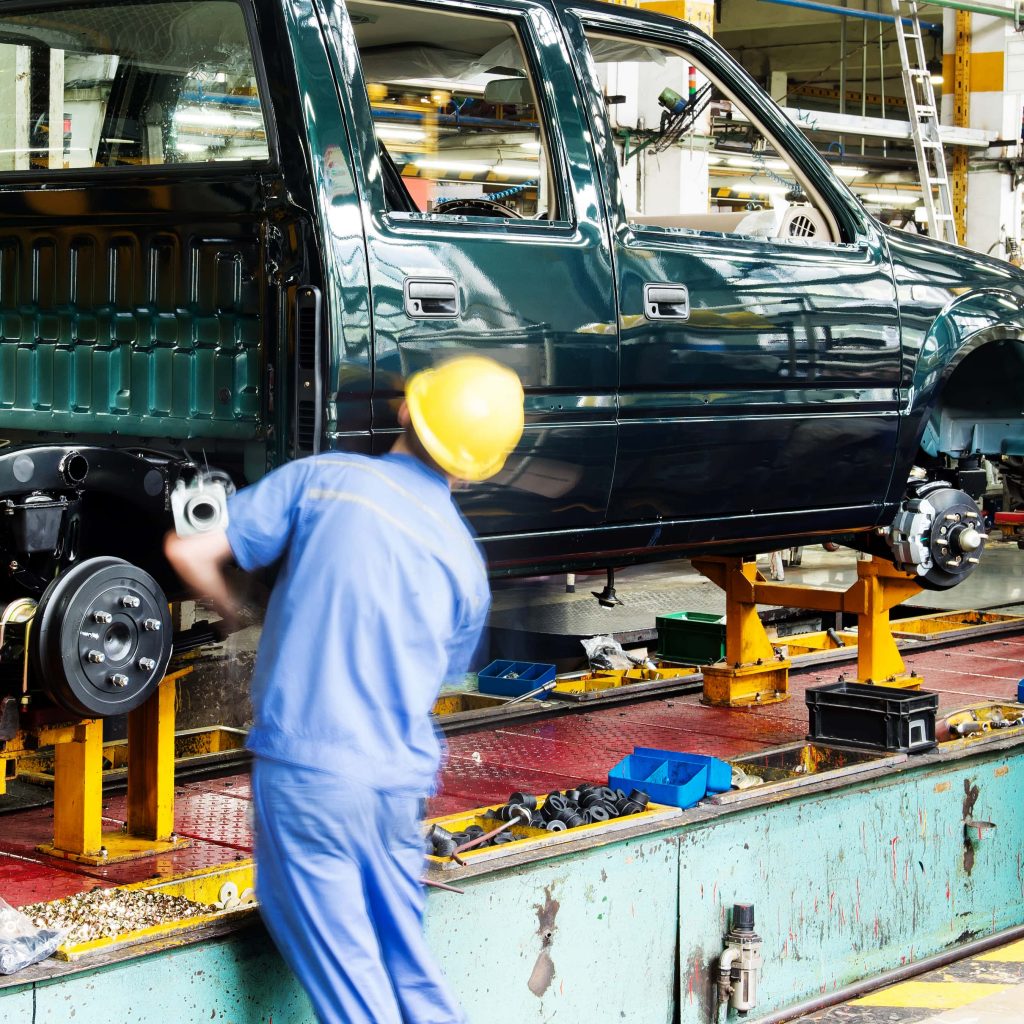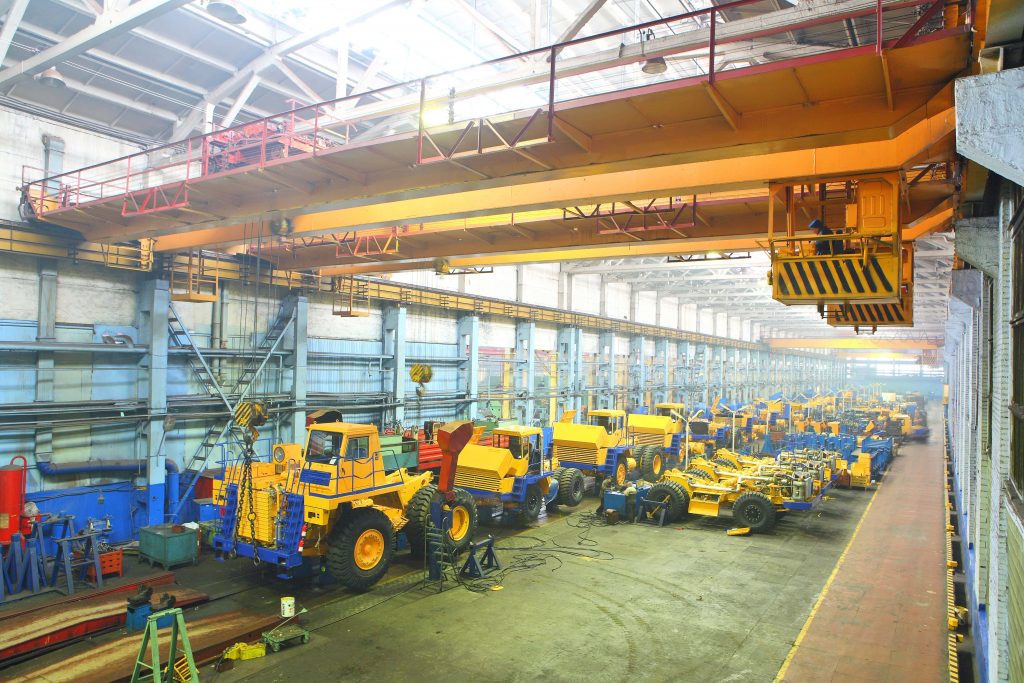The line balancing, also called capacity matching, makes the distribution of work content to jobs or stations in elastically or rigidly linked work systems. IPS engineers systemize and design your production and assembly processes for example in the form of precedence graphs and zone concepts. We offer you the possibility to control the core tasks of balancing with fulfilling all given restrictions clearly.
For variant-rich series production, the spread of work contents within the balancing is characteristic. In order to take this framework into account, IPS Engineers has numerous methods. With the help of reference type balancing in various forms, timing scenarios with suitable transition configurations and the accompanying performance measurement, it is also possible to consider a large variety of variants and strong shifts in the type-quantity mix with little effort. Additional approaches to flexibilization in the lines, increase the handling of the solutions in addition. The approaches can range from the use of short-term temporary workers in the lines to the sophisticated strategy of drifting within the line, which, well-controlled, provide additional opportunities for flexible employee deployment.


For the performance evaluation of staging in different type-quantity mix scenarios, the determination of the actual manufacturing or assembly sequence sequencing as a function of the staging is a significant success factor. In the transition from the line balancing methods to the evaluation of the sequences in the line lies a great potential for optimizing the line operation. With sequence preview and simulation blocks, IPS Engineers offers combined balancing and sequencing methods that integrate both functions into one integrated process.
If the classical methods of balancing reaches their limits, the portfolio of IPS Engineers with group technology offers a method for use in borderline cases. With the help of structure-discovering methods such as clustering, new fields of application and potentials can be developed through the formation of suitable groupings or manufacturing or assembling families. Where classical methods of mass production do not work, new possibilities are created by combining novel approaches with modern methods of data analytics.


